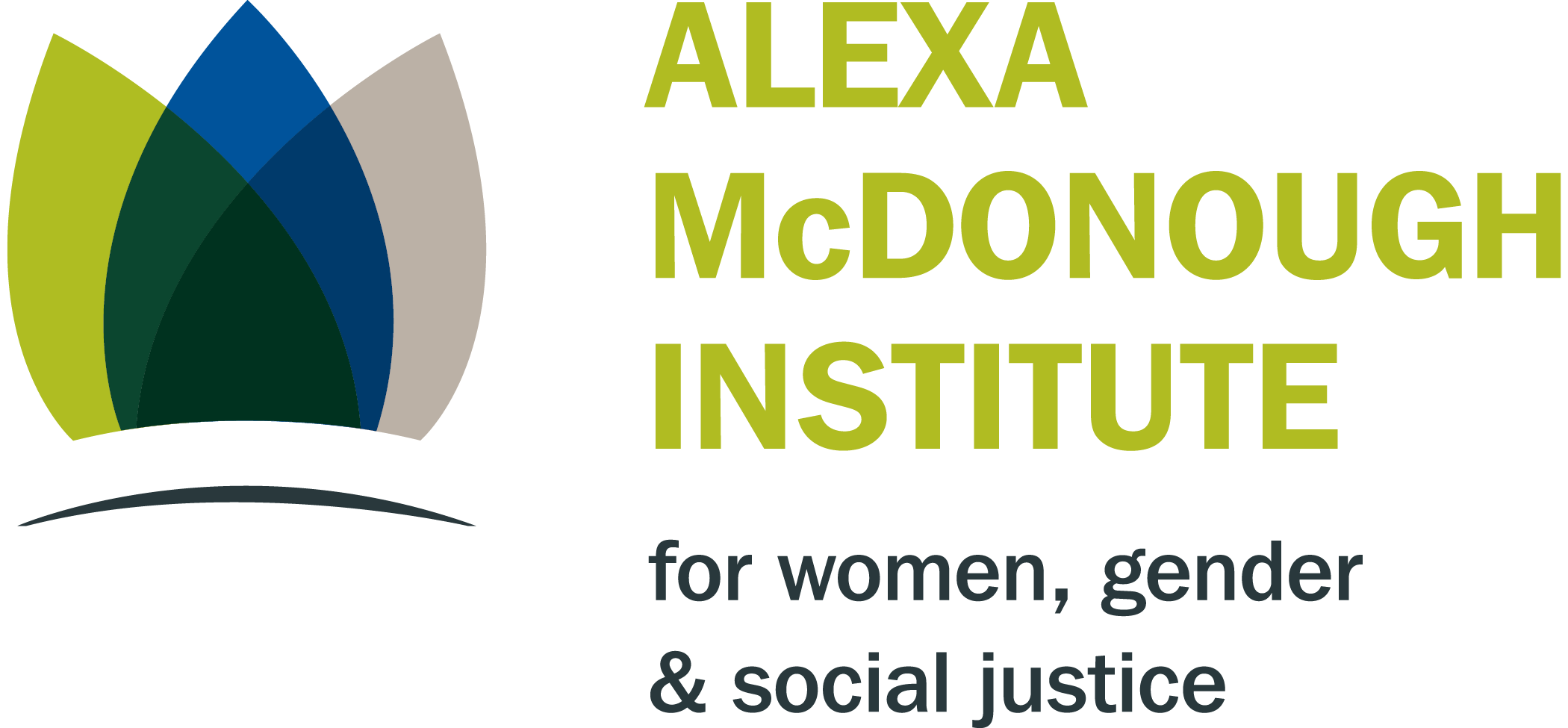In/Visibility in/of Feminist Theory
Keywords:
feminist theory, feminist activism, visibility, voiceAbstract
Cluster Editors
Ilya Parkins is Associate Professor of Gender and Women’s Studies at the University of British Columbia, Okanagan Campus. She is the author of Poiret, Dior and Schiaparelli: Fashion, Femininity and Modernity (2012) and the co-editor of Cultures of Femininity in Modern Fashion (2011). Her research has appeared in such journals as Feminist Review, Australian Feminist Studies, Time and Society, and Biography.
Eva C. Karpinski is Associate Professor at the School of Gender, Sexuality and Women’s Studies at York University in Toronto. She is the author of Borrowed Tongues: Life Writing, Migration, and Translation (2012) and co-editor of Trans/acting Culture, Writing, and Memory: Essays in Honour of Barbara Godard (2013).
References
Alexander, M. Jacqui. 2005. Pedagogies of Crossing: Meditations on Feminism, Sexual Politics, Memory, and the Sacred. Durham, NC: Duke University Press.
Baxi, Upendra. 2006. The Future of Human Rights. 2nd edition. New Delhi: Oxford University Press.
Bridenthal, Renate, Susan Stuard, and Merry E. Wiesner-Hanks. 1998. Becoming Visible: Women in European History, third edition. Andover, UK: Cengage.
Bruegemann, Brenda Jo et al. 2001. "Becoming Visible: Lessons in Disability.” College Composition and Communication 52: 368-98.
Donovan, Kathleen M., ed. 1998. Feminist Readings of Native American Literature: Coming to Voice. Tucson: University of Arizona Press.
Drevahl, D. 1995. “Coming to Voice: The Power of Emancipatory Community Interventions.” Advanced Nursing Science 18, no. 2: 13-24.
Hesford, Wendy. 2011. Spectacular Rhetorics: Human Rights Visions, Recognitions, Feminisms. Durham, NC: Duke University Press.
Jennings, Kevin, ed. 1994. Becoming Visible: A Reader in Gay and Lesbian History for High School Students. Boston: Alyson Books.
Keller, Evelyn Fox. 1986. “Making Gender Visible in the Pursuit of Nature’s Secrets.” In Feminist Studies/Critical Studies, edited by Teresa de Lauretis, 67-77. Bloomington: Indiana University Press.
Kramarae, Cheris and Paula A. Treichler. 1985. A Feminist Dictionary. London: Pandora.
Lorde, Audre. 1984. “The Transformation of Silence into Language and Action.” In Sister Outsider: Essays and Speeches, 40-44. Freedom, CA: The Crossing Press.
Malhotra, Sheena and Aimee Carrillo Rowe. 2013. “Still the Silence: Feminist Reflections at the Edges of Sound.” In Silence, Feminism, Power: Reflections at the Edges of Sound, edited by Sheena Malhotra and Aimee Carrillo Rowe. London: Palgrave.
Nochlin, Linda. 1971. “Why Have There Been No Great Women Artists?” ARTNews. January: 22-39, 67-71.
Peeren, Esther. 2014. The Spectral Metaphor: Living Ghosts and the Agency of Invisibility. New York: Palgrave Macmillan.
Rich, Adrienne. 1986. “Invisibility in Academe.” In Blood, Bread and Poetry: Selected Prose 1979-1985. New York: Norton.
Torrens, Kathleen M. and Jeannette E. Riley. 2004. “Students Coming to Voice: The Transformative Influence of Feminist Pedagogies.” The Journal of the Midwest Modern Language Association 37: 60-73.
Yamada, Mitsuye. 1983. “Invisibility is an Unnatural Disaster: Reflections of an Asian-American Woman.” In This Bridge Called my Back: Writings by Radical Women of Color, edited by Gloria Anzaldùa and Cherríe Moraga. New York: Kitchen Table.
Downloads
Published
Issue
Section
License
Copyright (c) 2015 Atlantis: Critical Studies in Gender, Culture & Social Justice

This work is licensed under a Creative Commons Attribution 4.0 International License.
Authors who publish with this journal agree to the following terms:
1. Authors retain copyright and grant the journal right of first publication, with the work simultaneously licensed under a Creative Commons Attribution 4.0 International License that allows others to share the work with an acknowledgement of the work's authorship and initial publication in this journal.
2. Authors are aware that articles published in Atlantis are indexed and made available through various scholarly and professional search tools, including but not limited to Erudit.
3. Authors are able to enter into separate, additional contractual arrangements for the non-exclusive distribution of the journal's published version of the work (e.g., post it to an institutional repository or publish it in a book), with an acknowledgement of its initial publication in this journal.
4. Authors are permitted and encouraged to preprint their work, that is, post their work online (e.g., in institutional repositories or on their website) prior to and during the submission process. This can lead to productive exchanges, as well as earlier and greater citation of published work. Read more on preprints here.







